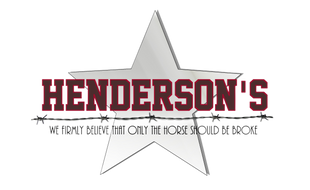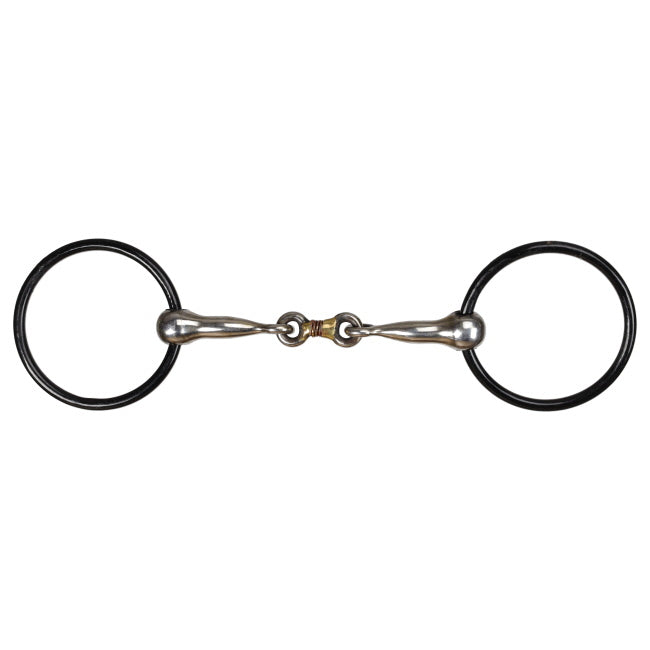A properly fitted saddle is a vital piece of equipment for any rider. Below, we will cover some basics for saddle fitting. However, always contact an expert when working with a brand-new saddle.
Saddle Placement
Position
A saddle should be set slightly in front of the withers. Next, you will want to shift the saddle towards the horse's rear until it finds a natural fit in the curve of the back.
Angle
Locate the points of your saddle under the flap. The angle these points make with the withers can completely change the saddle's comfort. You want the points to be parallel with the withers.
Too small an angle and the saddle will dig into your horse’s muscles. However, if the angle is too large, you will put too much pressure on the withers, and the saddle will contact unevenly.
Level
A saddle should provide a level seat for the rider. Assess the deepest part of the seat for a parallel line. The seat should not be pitched forward or backward. Overall, this allows the rider to balance properly.
Pressure and Contact
While applying pressure on the saddle, feel under the saddle and saddle flaps for uneven pressure points. Altogether, there should be no pinch points. Not only should all contact be even and distributed, but you also want contact to be symmetrical across the back.
If irregularities in your horse’s back cause contact problems, you can add wool panels. Wool will conform to the irregular back without compromising the saddle's fit.
Stability
A saddle must be secure for rider safety. Overall, check the saddle for stability. The saddle should not shift in any direction. At times, the shifting is because of the horse’s body structure. In this case, you may need to adjust the saddle with specialized techniques to reduce the issue.
Sizing
Pommel to Cantle

Like our level deep seat, the line between the pommel and cantle is essential. However, different style saddles demand different relationships between the pommel and cantle. Shallow saddles are correctly placed when the cantle is two inches above the pommel. For deeper saddles, the cantle can be three inches above the pommel.
Seat Length
A horse carries a rider’s weight close to the withers. This portion of the spine can support the weight without much issue. A saddle should never go past the point of the back where it begins to slope back up to the tail. These vertebrae cannot bear weight.
Clearance
Finally, the saddle pommel should sit two to three fingers above the withers. If the clearance is too high, the saddle tree is too narrow. However, if it is too short, the saddle is too wide.
Horse’s Reaction
Saddles must be comfortable for the rider. Furthermore, the rider needs a saddle that aids in proper communication with her horse. However, your new saddle must also be comfortable for your horse.
Your work with your horse should be fun for you and the horse. An uncomfortable saddle can lead to a disobedient horse. Furthermore, your horse may not enjoy the work with you. A respectful rider will find a saddle that works for the horse and rider.







